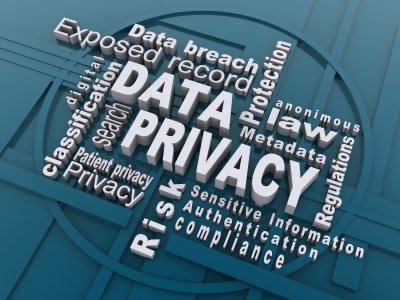On July 7, 2016, Judge Paul A. Magnuson of the United States District Court for the District of Minnesota granted Defendants’ Motions to Dismiss a shareholder class action that had been initiated following a 2013 holiday season data breach involving customers of Target Corporation (“Target,” or “the Company”). The data breach, which resulted in the release of information of approximately 70 million consumer credit and debit cards, made headlines as one of the biggest privacy hacks at the time. Initially disclosed to the public in December 2013, with an estimated 40 million credit and debit cards affected, Target subsequently revealed a little less than a month later that additional consumer data, including customers’ names, mailing addresses, phone numbers and email addresses, were also stolen, and increased its initial estimate to 110 million.
Shareholder Derivative Suit Following Data Breach Misses Target









